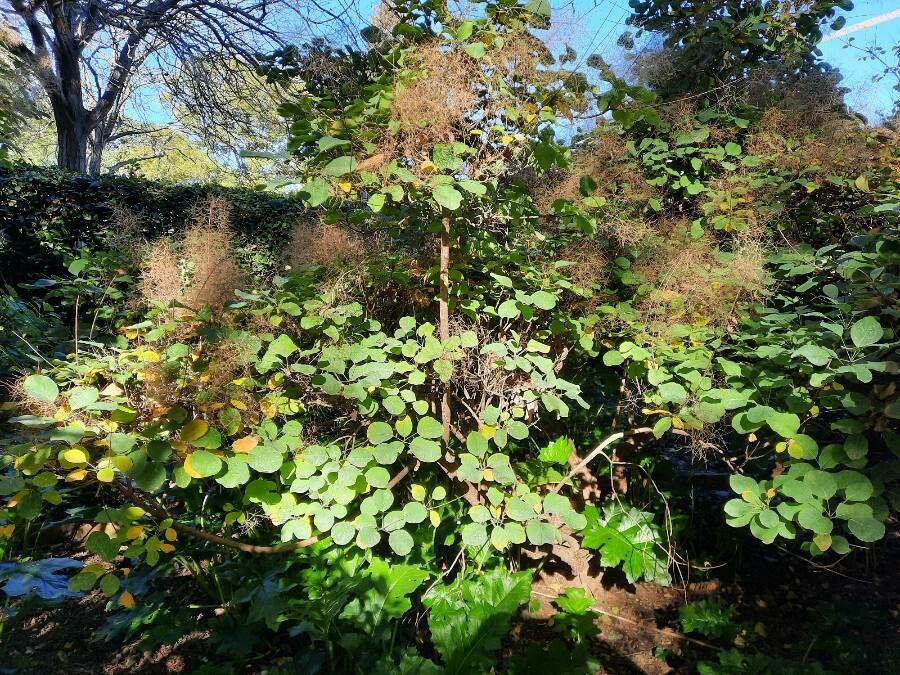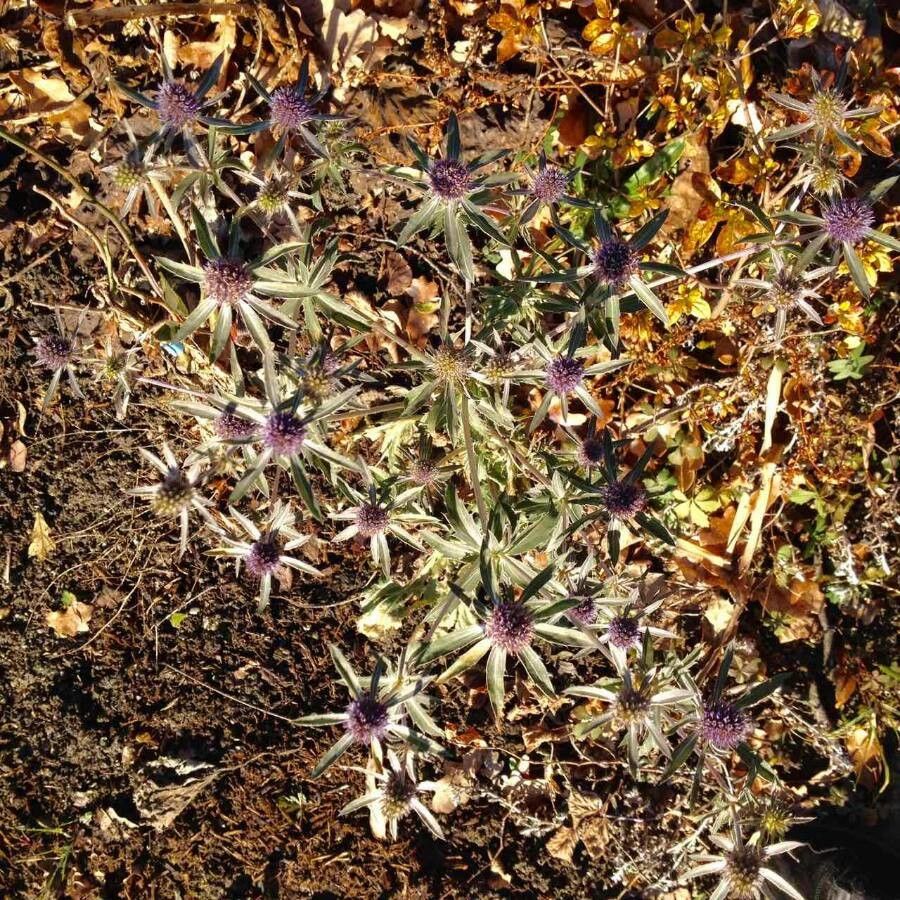## Fustet: A Deep Dive into This Remarkable Plant
Fustet, often referred to as *Cotinus coggygria* or *Rhus cotinus*, is a captivating shrub belonging to the Anacardiaceae family, a group that also includes mangoes and cashews. Known for its vibrant foliage and unique properties, Fustet has a rich history and continues to fascinate gardeners and natural dye enthusiasts alike.
### Botanical Classification and Identification
Taxonomically, Fustet falls under the kingdom Plantae, division Magnoliophyta, class Magnoliopsida, order Sapindales, family Anacardiaceae, genus *Cotinus*, and species *coggygria*. It's important to note that while sometimes referred to as *Rhus cotinus*, the current accepted botanical name is *Cotinus coggygria*. It's easily distinguished by its characteristic smoky, fluffy flower clusters and diverse leaf colors which range from green to deep red depending on the cultivar and season.
### Habitat and Growth
Fustet thrives in various environments, showcasing its adaptability. It prefers full sun to partial shade and well-drained soil. While tolerating a range of soil types, it performs best in slightly alkaline to neutral conditions. Fustet is relatively drought-tolerant once established, making it a low-maintenance option for many landscapes. This hardy shrub can grow up to 10-15 feet tall and wide, creating a stunning focal point in gardens or as part of a larger landscape design.
### Cultivating Fustet: A Gardener's Guide
Propagating Fustet can be achieved through seed or cutting methods. Seed propagation requires stratification, mimicking the natural cold period necessary for germination. Cuttings, taken from semi-hardwood stems, are a more reliable method for many gardeners. Proper planting involves digging a hole twice the size of the root ball and ensuring adequate drainage. Regular watering, especially during establishment, is important, but avoid overwatering, which can lead to root rot.
### Fustet's Significance in History and Culture
For centuries, Fustet has been highly valued for its rich, yellow-brown dye extracted from its bark and leaves. This natural dye has been used to color fabrics, leathers, and other materials, contributing significantly to traditional textile arts and crafts. Its vibrant color and natural origin have made it a sought-after alternative to synthetic dyes, especially in eco-conscious practices.
### Potential Uses and Benefits
Beyond its dyeing properties, Fustet is appreciated for its ornamental value. Its unique flower plumes and colorful foliage enhance any garden setting. Its drought tolerance makes it a sustainable choice for landscaping, particularly in drier climates. Further research is underway to explore its potential medicinal properties.
### Pests and Diseases
Fustet is generally resistant to major pests and diseases. However, occasional issues might include leaf spot or powdery mildew, which can be addressed with appropriate fungicides or by improving air circulation around the plant.
### Conclusion
Fustet, with its intriguing history, vibrant appearance, and valuable applications, offers a multitude of benefits for gardeners, artisans, and researchers alike. Its adaptability and resilience make it a wonderful addition to any landscape, highlighting the beauty and utility of nature's diverse offerings.
Fustet: A Complete Guide to This Unique Plant

Frequently Asked Questions
What are the growing conditions for Fustet?
Fustet thrives in full sun to partial shade and well-drained soil. It prefers slightly alkaline to neutral conditions and is relatively drought-tolerant once established.
How is Fustet used as a dye?
Fustet's bark and leaves yield a rich, yellow-brown dye traditionally used to color fabrics, leathers, and other materials. This natural dye is highly valued for its color and eco-friendly nature.


